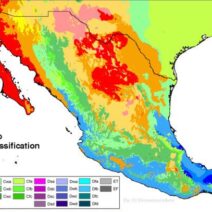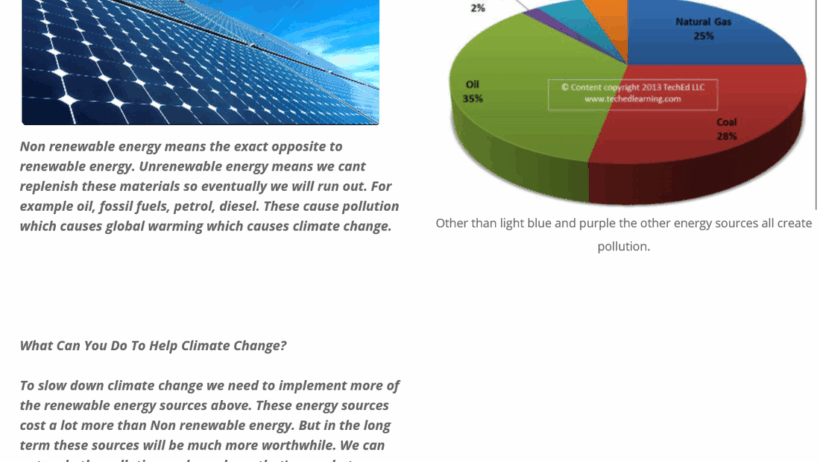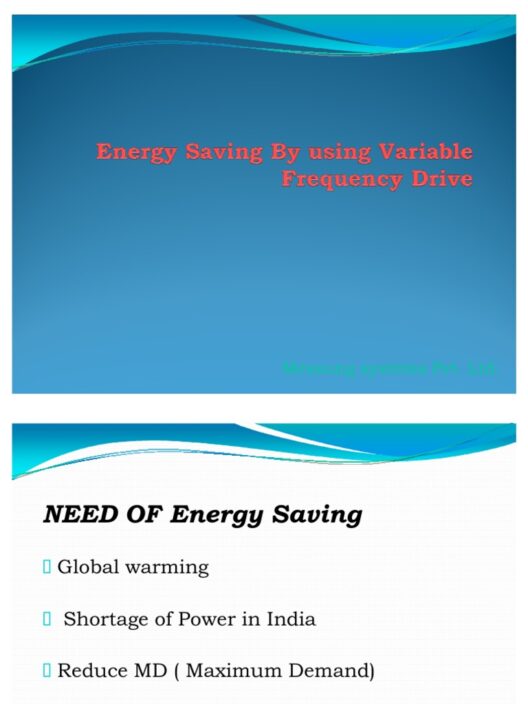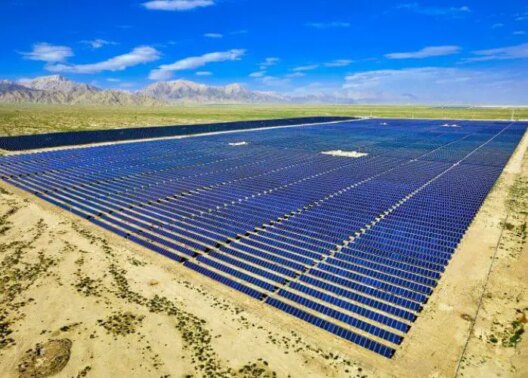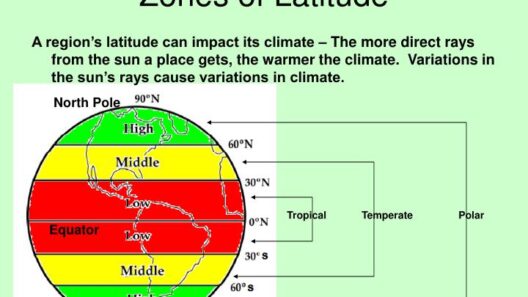Is it possible to slow climate change? This provocative question keeps researchers, policymakers, and everyday individuals alike engaged in a collective dialogue about our planet’s future. As temperatures rise, ice caps melt, and extreme weather becomes the new norm, we face an urgent challenge. But amidst the grim statistics and dire predictions, a sense of agency can emerge. Just how can we harness human ingenuity to tackle this unprecedented dilemma?
The reality is sobering: climate change is not merely an environmental issue; it straddles the domains of economics, health, and social justice. Yet, amid this complexity, a series of strategies and innovative approaches exist that can, if adequately mobilized, slow the relentless march of climate change. Let’s explore these avenues in a more profound light.
Understanding the Mechanisms of Climate Change
The climate change conundrum is deeply rooted in scientific phenomena. Primarily, it stems from an overwhelming accumulation of greenhouse gases (GHGs) in the atmosphere. But what precisely does that entail, and how does it trigger a cascade of environmental consequences?
Greenhouse gases such as carbon dioxide (CO2), methane (CH4), and nitrous oxide (N2O) trap heat from the sun, allowing it to build up in the atmosphere. This is akin to wrapping the Earth in a thick, warming blanket, resulting in elevated global temperatures. The burning of fossil fuels, deforestation, and industrial processes are principal contributors to this greenhouse phenomenon. Understanding this intricate web of cause and effect is foundational to crafting effective strategies.
Initial Steps: Reducing Carbon Footprints
Let’s delve into tangible actions that can be taken by individuals and communities to mitigate their carbon footprints. Each little action has the potential to ripple outwards, promoting broader societal change.
First and foremost, alternative energy sources, such as wind, solar, and hydroelectric power, present an attractive and effective pathway. Transitioning to renewables diminishes dependence on fossil fuels, thereby reducing carbon emissions substantially. Local governments can incentivize this transition by facilitating tax credits and grants for residential solar installations.
Moreover, energy-efficient practices at home can lead to significant reductions in GHG emissions. Simple measures, like using LED bulbs, improving insulation, and employing energy-efficient appliances, can contribute to a drastic decline in energy consumption. Every small measure counts when considered collectively.
A significant aspect of carbon footprint reduction is transportation. The shift towards electric vehicles (EVs) has gathered momentum, bolstered by advancements in technology and the expansion of charging infrastructure. Biking, walking, and using public transportation, when feasible, can also alleviate the environmental burden. Advocating for local policies that prioritize public transit and create bike lanes can accelerate this shift towards sustainable mobility.
Agriculture’s Role in Climate Change
A crucial yet often overlooked factor in the climate change narrative is agriculture. How can the food we consume and the way we produce it affect the climate? The answer lies in sustainable agricultural practices.
The industrial agriculture model, which relies heavily on monoculture, synthetic fertilizers, and pesticides, significantly contributes to greenhouse gas emissions. However, regenerative farming techniques such as crop rotation, agroforestry, and organic farming help sequester carbon in the soil while preserving biodiversity. Consumers can play their part by supporting local and organic farmers, embracing a plant-forward diet to reduce meat consumption, and minimizing food waste—an action that could reduce methane emissions from landfills.
The Psychological Shift: Cultivating Mindsets for Change
Addressing climate change is not just about technology and policy; it also requires a fundamental shift in human behavior. Education plays a pivotal role in cultivating environmental consciousness. By integrating climate science into school curriculums, future generations can be empowered to advocate for significant change.
Psychology informs us that effective communication is vital when spurring action. Using narratives to convey the urgency of climate change can inspire individuals to adopt eco-friendly habits. For example, sharing success stories of communities that have transitioned towards sustainable practices can encourage others to envision similar outcomes.
Another crucial element is fostering a sense of community. Engaging local organizations and networks enhances the resilience and adaptability of communities facing climate change. By participating in community clean-up drives, tree-planting events, or climate activism, individuals can forge connections and amplify their impact, reminding each other that they are not alone in their endeavors.
Innovations on the Horizon
As technology continues to evolve, innovative solutions to combat climate change manifest with increasing frequency. Carbon capture and storage (CCS) technologies offer promising avenues to extract CO2 from the atmosphere and sequester it underground. Simultaneously, advancements in artificial intelligence and big data can optimize energy systems and reduce wastage.
On a micro-level, everyday technology such as smart home devices can revolutionize energy consumption patterns. These innovations can notify users when usage spikes, encourage conservation behaviors, and ultimately lead to more sustainable living.
Indeed, these exciting developments are instrumental in the battle against climate change, but they require support, investment, and, most importantly, public buy-in to realize their full potential.
In closing, is it possible to slow climate change? The journey toward that goal is multifaceted, requiring an assemblage of individual actions, community efforts, sustained policy support, and global cooperation. While the challenge is undeniably immense, the collective power of informed citizenry, innovative solutions, and collaborative spirit makes it conceivable. The question is not if we can slow climate change; rather, how will each of us contribute to this monumental endeavor for the benefit of generations to come?

